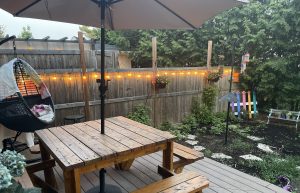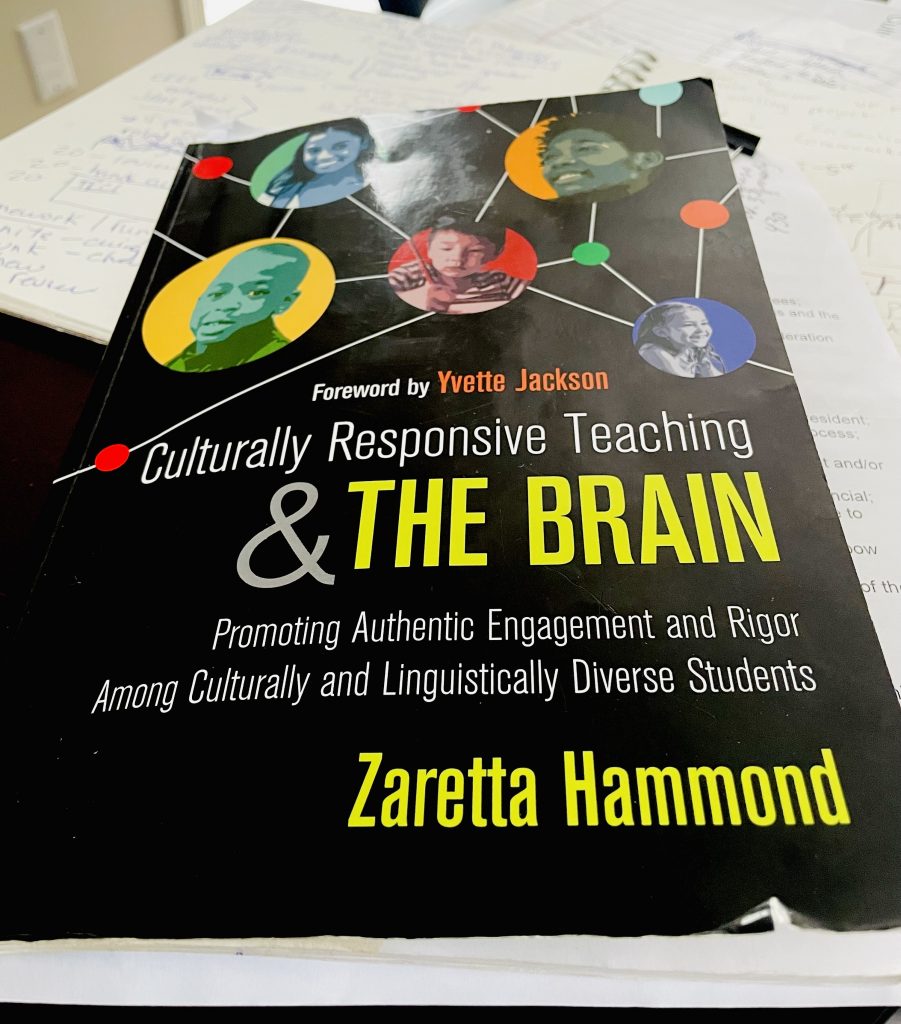Come with me to my backyard.
A once unloved, unused space of my home was under transformation. I had a vision for a peaceful oasis for me and my children to “just be” ~ reflect, talk or listen, to feel. Wildflower seeds beginning to sprout where grass once struggled, patio lights strung across the old fence, and an added bird feeder attracting new sounds and visitors, my daily needs began to include at least a few quiet moments in my new, affectionately named swing, Eggy. 
One June evening between the chaos of graduations, report card writing, and sports banquets, I was taking my few moments with Eggy, when I was taken by surprise by an unexpected visitor. Mkwa (a bear) appeared from behind the neighbour’s fence. As I laid eyes on him and jumped out of my swing, hurrying for the patio door, he left as peacefully and quietly as he came. Mkwa turned around and sauntered out of sight before I could even get in the house.
As June returns and my nightly routine with Eggy extends in time, I am reminded of my visitor and continue to reflect on his message. Mkwa represents courage. And he reminded me of this courage. The courage to use my voice, to be vulnerable to share my story and also to inspire and help others find and use their voice. As I shared in my first few posts, writer is not an identity I held.
A few days after Mkwa’s appearance I received an email from ETFO which included a Call for Writer’s to write for Heart and Art. I knew it was time for me to step out of my comfort and respond to Mkwa’s nudge.
It was very clear to me that my next step required courage; To put some of my energy into sharing my experiences, my knowledge and my passion with educators to foster positive change within our system. And this blog was a great forum, allowing me to share this with you, my valued reader. I hope you have found and continue to find some of my posts helpful to you professionally and/or personally, and you find your outlet to amplify your voice and use your experiences and knowledge to continue strengthening our public education.


